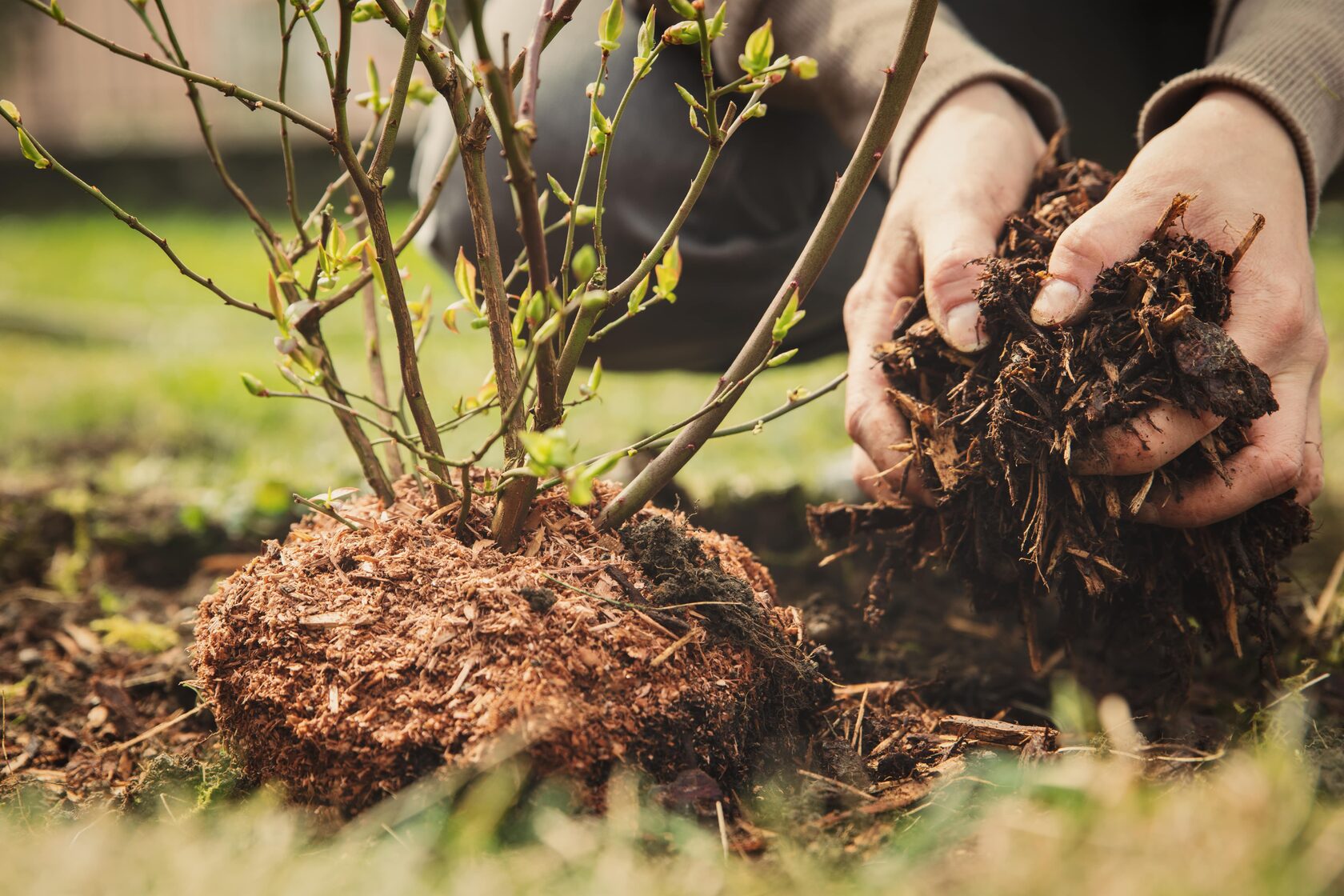In many respects, fall is a better time to plant then spring—especially perennials. A recent web post by native plant nursery The Possibility Place covers some reasons I’ve summarized here:
Now that you’re convinced it’s too early to store your trowel and shovel, here are a few fall planting tips:
- Development of strong roots: With the soil still warm and cooler air temperatures, trees, shrubs and perennials can prioritize the development of strong root systems over foliage growth. This is also a good reason not to trim plants later in the growing season as plants will continue generating more top growth when they should be switching their energy to root development.
- Lower water stress: When you plant in the spring, particularly in late spring, you can’t be sure when we will encounter a stretch of drought. (This past spring was a good example with a rain free May.) Summer’s drier, hotter days mean more plant stress. When you plant in the fall, rainfall tends to be more predictable and prolonged. That promotes root growth while plants require less supplemental watering.
- Fewer pests and diseases: Many pests and diseases become less active as fall’s crisper temperatures arrive. Getting plants in the ground this time of year gets them better established and ready to withstand the reemergence of pests and diseases come spring.
Now that you’re convinced it’s too early to store your trowel and shovel, here are a few fall planting tips:
- Make sure the plants you select have well-developed, actively growing root systems. This means there are many small ‘hair-like’ roots visible and pliable (not dried out or brittle). If you purchase potted plants, you may find roots encircling the soil. This is the result of the plant sitting in a pot too long. To help promote root growth, cut through these roots in several places around the plant. Then gently pull these sections back before planting.
- Just because rainfall is supposed to be more regular in the fall doesn’t mean it will be. Keep watering your trees, shrubs and perennials when the soil becomes dry four to six inches deep.
- Mulch is your plants’ friend. Consider it like a blanket for the coming winter. A couple of inches of hardwood or leaf mulch around your plants conserves moisture and helps prevent frost heave. Just don’t place mulch against the trunk or bottom stems.
- Don’t wait until it’s too late to plant your perennials! To ensure your perennials get well-established, they need to be planted a minimum of 3 weeks before the first killing frost. In the Chicago area, that typically occurs between Oct. 27 and Nov. 5, according to the National Weather Service.
- Some trees and shrubs are better off being planted in the fall then spring and vice versa. This University of Illinois Extension article provides guidance on the optimal time to plant trees.

Experimenting with lawn bulb planting
Speaking of fall planting, now is the time to get bulbs planted. That way, you can reap the rewards of a glorious display of early spring color. At the same time, daffodils, crocus, hyacinths and other early bloomers provide a much-needed food source for early emerging pollinators.
In the Chicago area, the bulb planting season spans from late September to early November. The best time to plant bulbs is in October after the temperatures drop to 65 degrees, according to Hinsdale Nurseries, which provides these bulb planting tips.
This fall, I have decided to jump from planting bulbs in flower beds to digging them into our lawn. I’ve identified two areas in our front lawn near the house. I’m planting a mixture of:
I’ve purchased all the bulbs except for Grape Hyacinth which we have in abundance. Since its foliage is already visible, it’s easy to divide and replant. Total investment: about $67 for bulbs and organic bulb fertilizer. Though I’m still considering making the bulb planting easier by purchasing a plant auger.
Next spring, I’ll post pictures of my handiwork. If all goes well, I will expand the planting areas. Ultimately, our lawn may be carpeted in spring blooms!
Photo credit (top photo): @ Shutterstock
Speaking of fall planting, now is the time to get bulbs planted. That way, you can reap the rewards of a glorious display of early spring color. At the same time, daffodils, crocus, hyacinths and other early bloomers provide a much-needed food source for early emerging pollinators.
In the Chicago area, the bulb planting season spans from late September to early November. The best time to plant bulbs is in October after the temperatures drop to 65 degrees, according to Hinsdale Nurseries, which provides these bulb planting tips.
This fall, I have decided to jump from planting bulbs in flower beds to digging them into our lawn. I’ve identified two areas in our front lawn near the house. I’m planting a mixture of:
- Dwarf Daffodil (Narcissus 'Tête-à-tête’). Height: 6”—8”
- Dwarf Iris (Iris reticulata)Height: 4”—8”
- Giant Crocus (Crocus vernus) Height: 4”
- Glory-of-the-Snow (Chionodoxa luciliae) Height: 4”—8”
- Grape Hyacinth (Muscari armeniacum) Height: 6”—9”
I’ve purchased all the bulbs except for Grape Hyacinth which we have in abundance. Since its foliage is already visible, it’s easy to divide and replant. Total investment: about $67 for bulbs and organic bulb fertilizer. Though I’m still considering making the bulb planting easier by purchasing a plant auger.
Next spring, I’ll post pictures of my handiwork. If all goes well, I will expand the planting areas. Ultimately, our lawn may be carpeted in spring blooms!
Photo credit (top photo): @ Shutterstock
